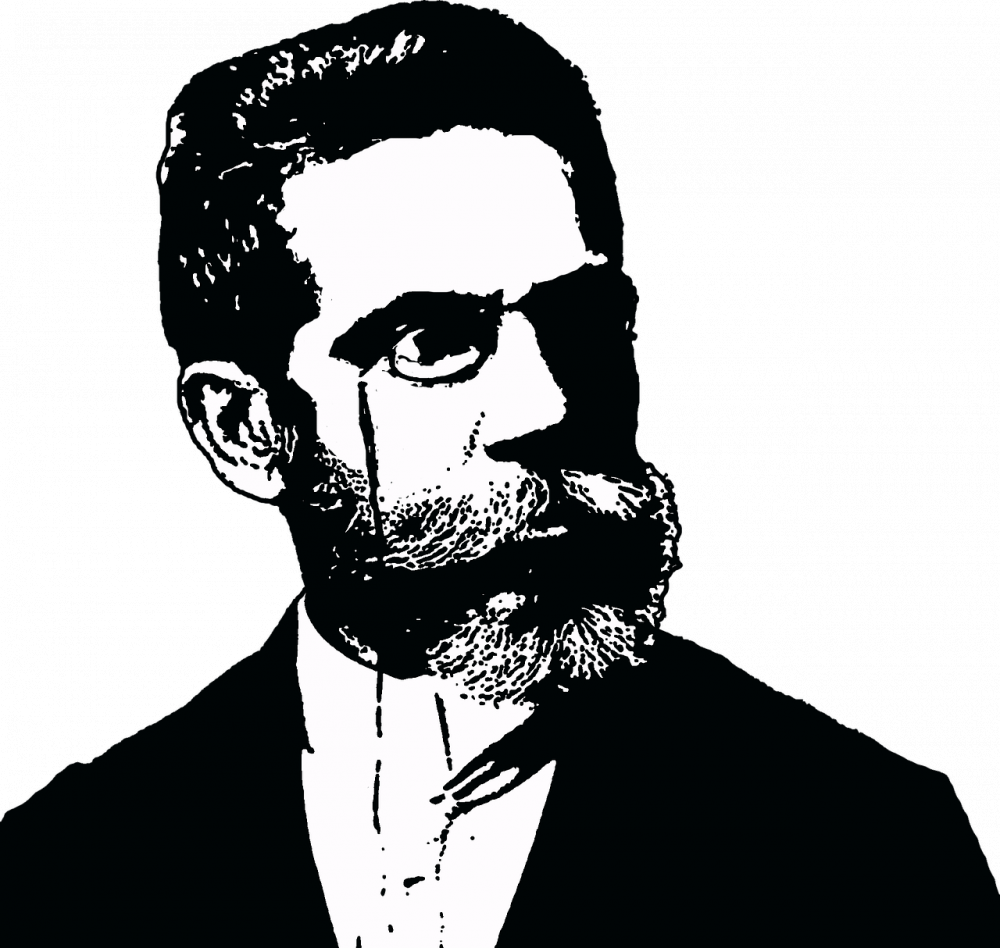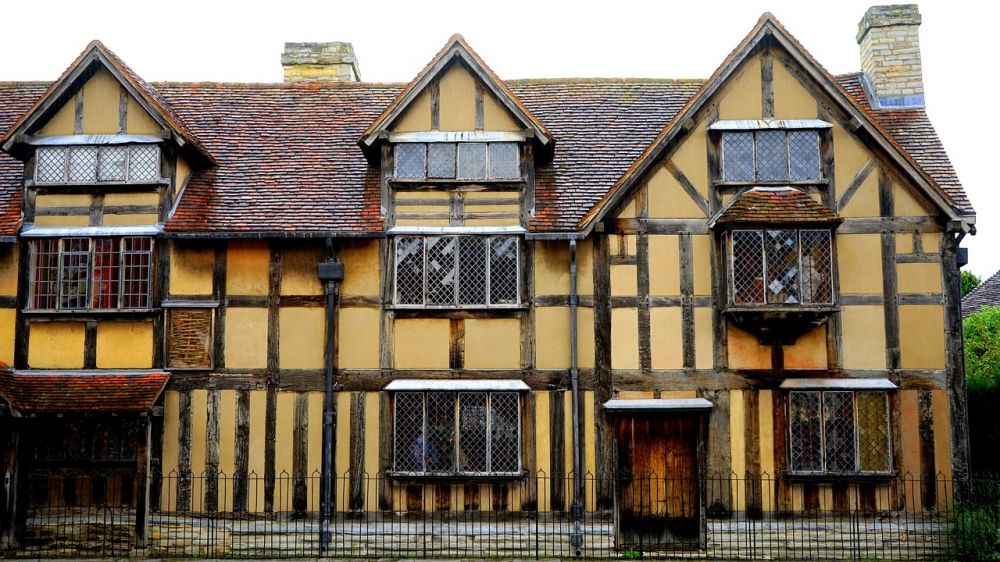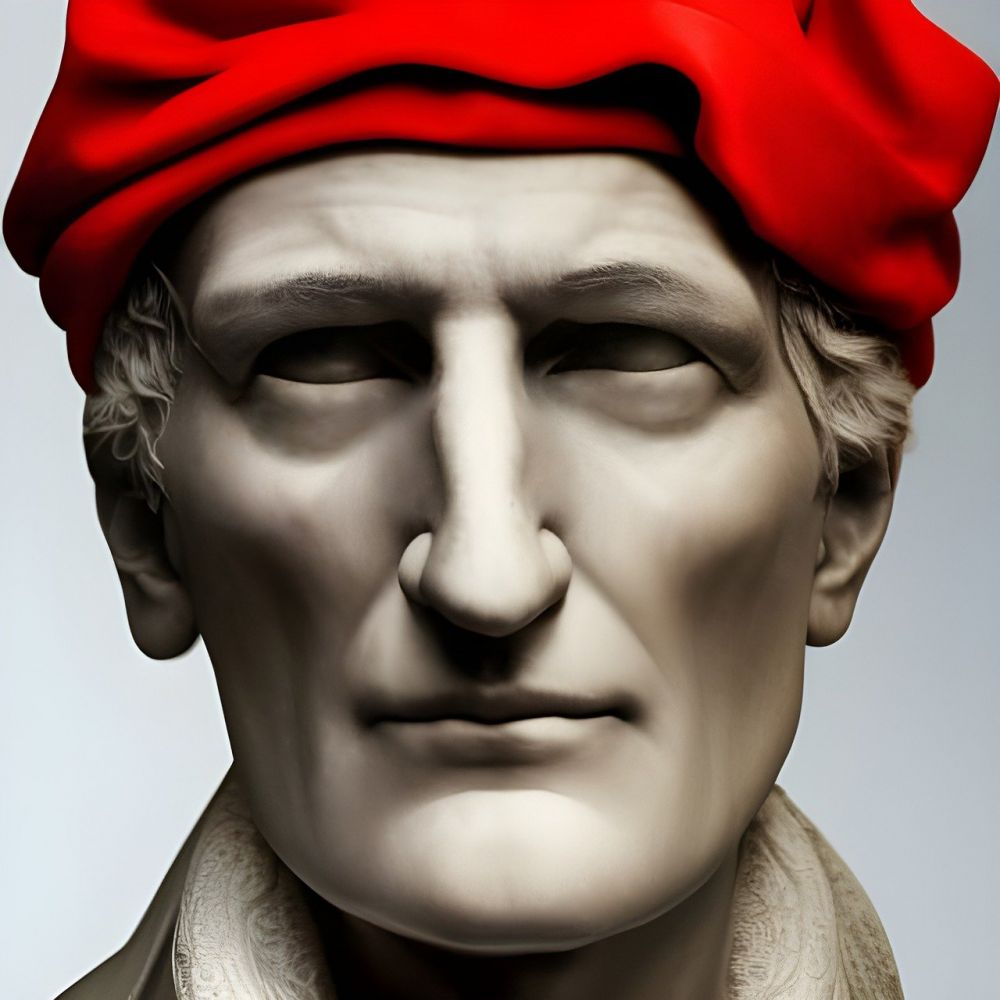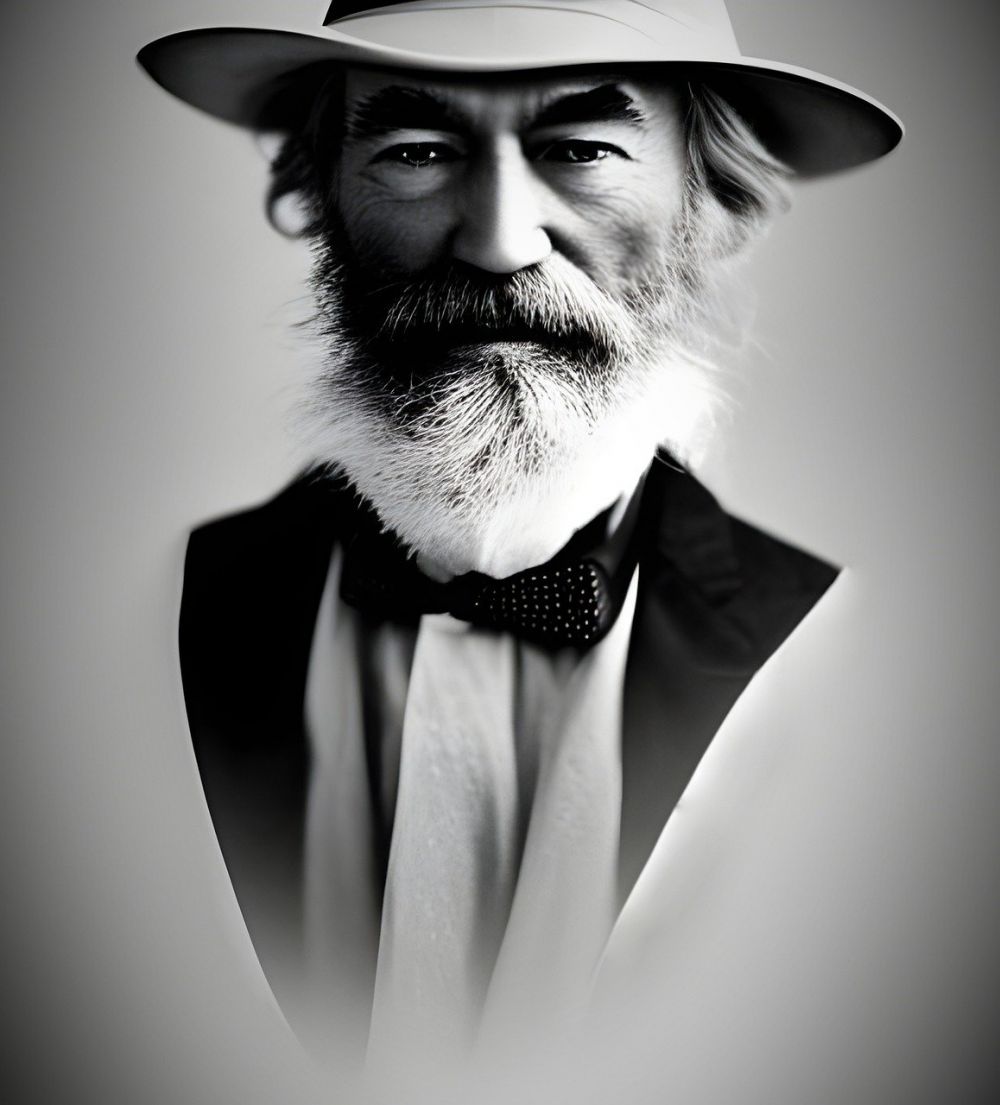Edgar Allan Poes The Raven: A Timeless Masterpiece
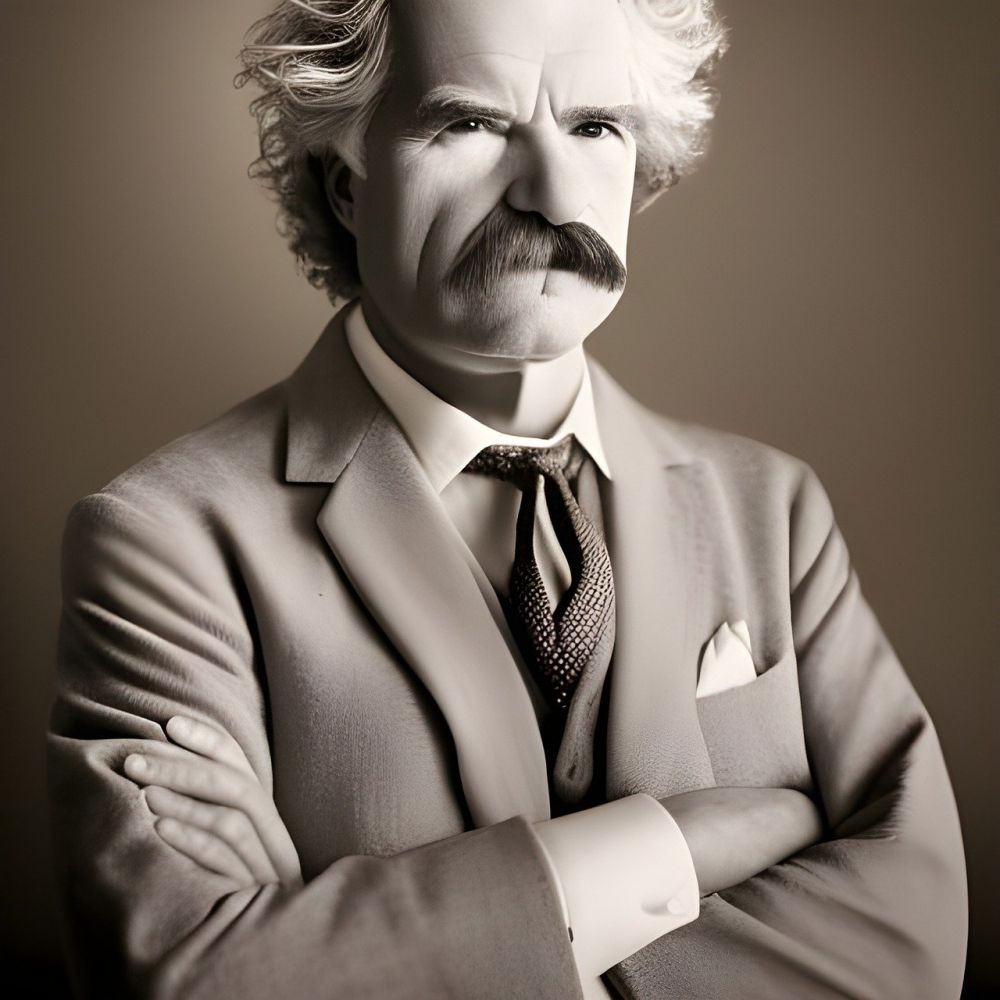
Introduction:
“The Raven” is undeniably one of Edgar Allan Poe’s most famous works. This haunting poem, first published in 1845, has captivated readers for generations with its dark and mystical narrative. In this article, we will delve into the depths of “The Raven,” exploring its themes, symbolism, and enduring legacy that continues to resonate with both literary enthusiasts and casual readers alike.
The Enigmatic Narrative of “The Raven”:
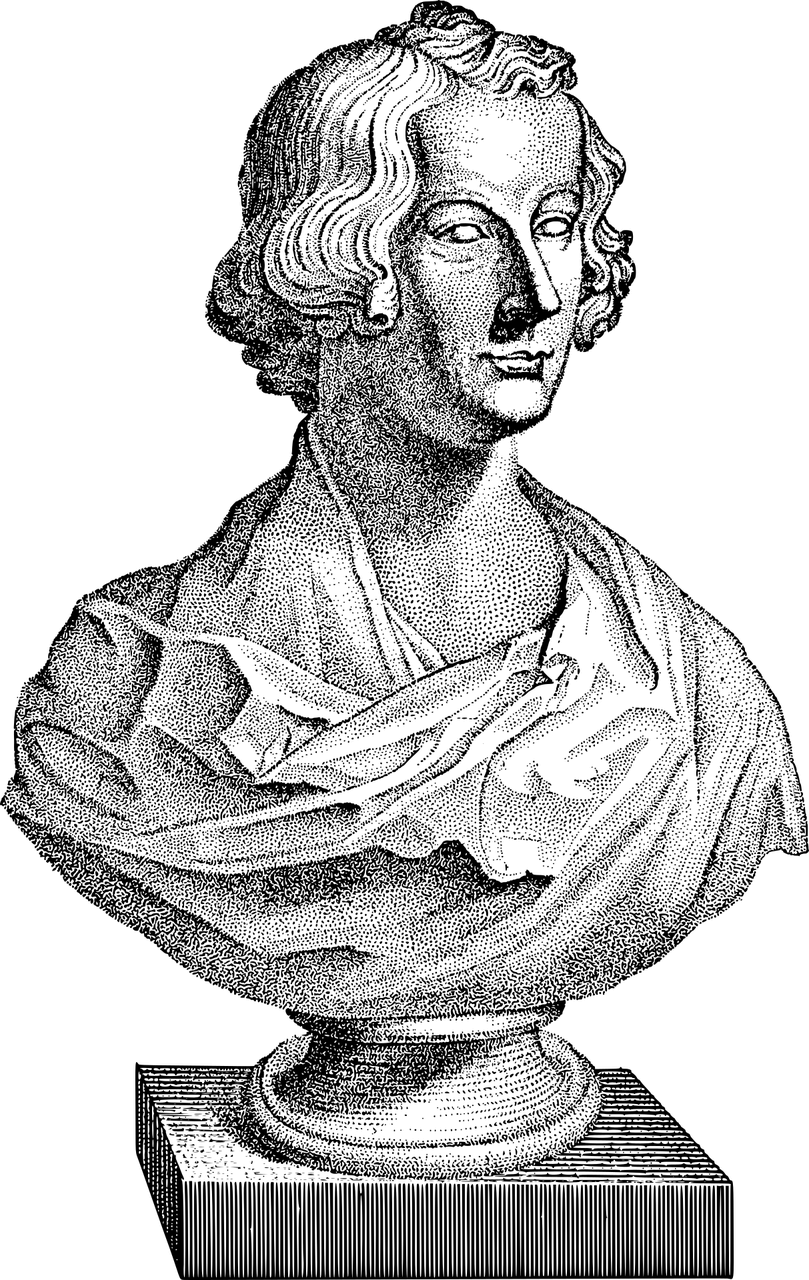
“The Raven” tells the story of a lonely narrator who is visited by a mysterious talking raven. As the narrator descends into madness over the loss of his beloved Lenore, he engages in a desperate dialogue with the raven, seeking answers about the afterlife and finding only despair. The poem’s rich language and vivid imagery create a sense of foreboding, drawing readers into the narrator’s descent into darkness.
Historical Development:
When “The Raven” was first published, it received mixed reviews from critics. Some were enchanted by its macabre beauty and profound exploration of the human psyche, while others dismissed it as a mere exercise in sensationalism. Nevertheless, the poem’s popularity grew over time, solidifying its place in literary history.
Evolution of Interpretations:
“The Raven” has inspired countless interpretations and analysis over the years. Initially, it was seen as a reflection of Poe’s own grief and melancholy, as he had suffered numerous personal losses throughout his life. However, as literary critics dived deeper into the poem’s symbolism, new perspectives emerged.
Symbolism and Themes:
One of the key elements that makes “The Raven” a timeless masterpiece is its abundant use of symbolism. The raven itself represents death and serves as a physical manifestation of the narrator’s anguish and longing for answers. Additionally, the repetition of the word “nevermore” creates a sense of perpetual despair, highlighting themes of loss, isolation, and the inevitability of death. The poem’s dark and melodious tone further heightens these themes, casting a spell upon the reader.
Influence on Popular Culture:
“The Raven” has left an indelible mark on popular culture, permeating various forms of artistic expression. From films to music and visual arts, its influence is far-reaching. The eerie atmosphere and psychological depth found in the poem have inspired countless adaptations and retellings, affirming its enduring relevance.
Featured Snippet Framework:
1. Introduction
– Explores the significance and impact of “The Raven” on readers throughout history.
2. A Deep Dive into “The Raven”
– Analyzes the enigmatic narrative, delving into the themes of madness, grief, and the human condition.
3. Historical Development of “The Raven”
– Traces the poem’s reception and critical appraisal, highlighting its initial mixed reviews and subsequent rise to fame.
4. Symbolism and Themes in “The Raven”
– Explores the multifaceted symbolism and overarching themes present in the poem, illustrating the depth of Poe’s literary genius.
5. Influence on Popular Culture
– Tracks the poem’s influence on various art forms, showcasing its enduring legacy and ability to captivate audiences across generations.
– This is where you can insert a video related to Edgar Allan Poe’s “The Raven” or any related aspect, such as a recitation of the poem, an analysis, or an adaptation.
Conclusion:
Edgar Allan Poe’s “The Raven” transcends time and genre, captivating readers with its haunting narrative and profound exploration of the human condition. Its enduring legacy can be seen in its widespread influence on popular culture and the countless interpretations it has inspired. As we continue to unravel the depths of this timeless masterpiece, “The Raven” remains an essential read for both art enthusiasts and collectors seeking to delve into the mystique of Poe’s haunting words.
